match the type of unit cell given column I with the features iven in Column II .
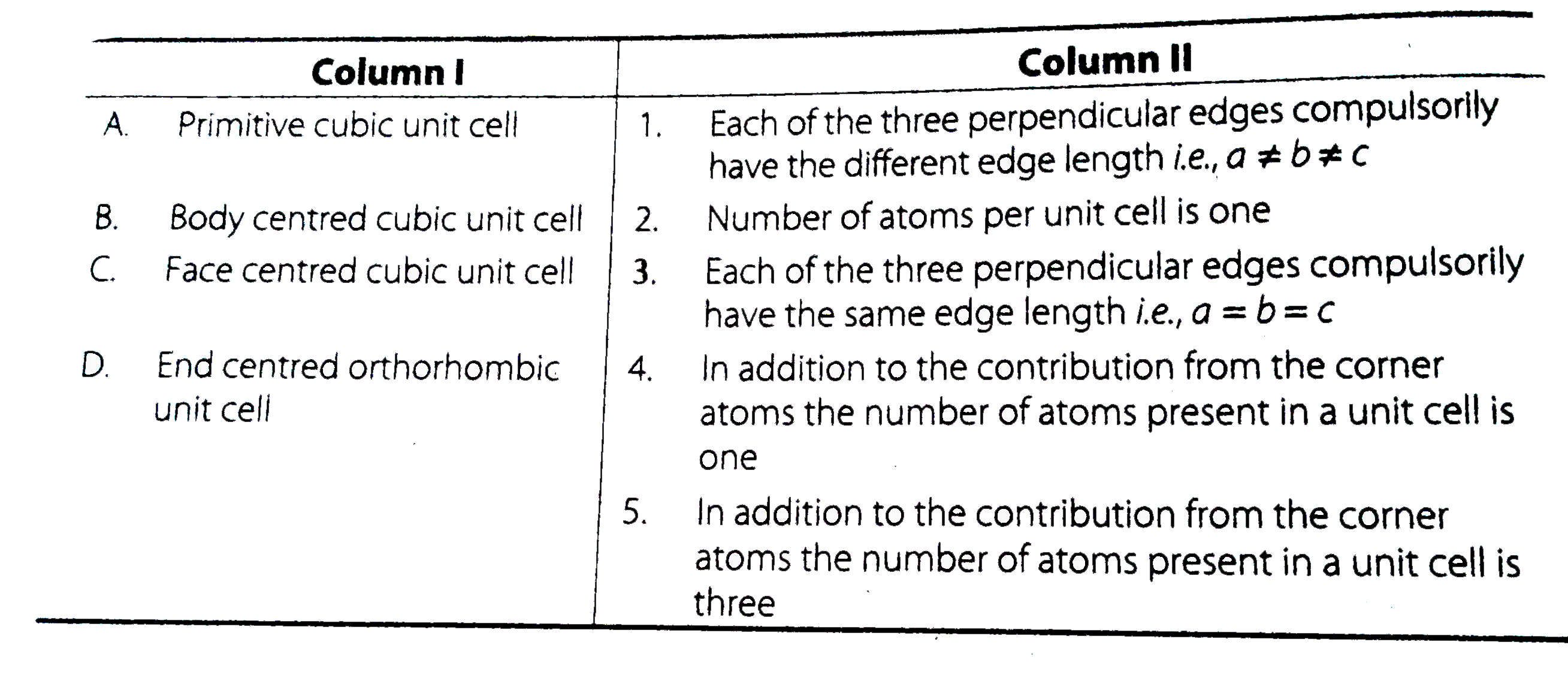
The correct Answer is:(a)-(ii),(iii); (b)-(iii), (iv); (c)-(iii), (v); (d)-(i),(v)
Step by step video, text & image solution for match the type of unit cell given column I with the features iven in Column II . by Chemistry experts to help you in doubts & scoring excellent marks in Class 12 exams.
Updated on:21/07/2023Topper's Solved these Questions
- SOLID STATEBOOK - DINESH PUBLICATIONCHAPTER - SOLID STATEEXERCISE - ASSIGNMENT
134 Videos
- SOLID STATEBOOK - DINESH PUBLICATIONCHAPTER - SOLID STATEEXERCISE - multiple choice
48 Videos
- SOLID STATEBOOK - DINESH PUBLICATIONCHAPTER - SOLID STATEEXERCISE - PROBLEMS
71 Videos
- REDOX REACTIONSBOOK - DINESH PUBLICATIONCHAPTER - REDOX REACTIONSEXERCISE - Ultimate Preparation
9 Videos
- SOLUTIONS BOOK - DINESH PUBLICATIONCHAPTER - SOLUTIONS EXERCISE - ULTIMATE PREPARATORY PACKAGE
10 Videos
Similar Questions
Match the type of unit cell given in Column I with the features given in Column II.
coloumn I
(i) primitive cubic unit cell
(ii) Body centred cubic unit cell
(iii) Face centred cubic unit cell
(iV) End centred orthohomic unit cell
Column -II
(a) Each of the three perpendicular edges compulsorily have the different edge length i.e., a≠ec
(b) Number of atoms per unit cell is one
(c) Each of the three perpendicular edges compulsorily have the same edge length i.e., a=b=c
(d) In additions to the contribution from the corner atoms the number of atoms present in a unit cell is three.
View SolutionMatch the types of colloidal systems given in Column I with the name given in Column II.
View Solution
Knowledge Check
Select the correct match of the techniques given in column I with its feature given in column II.
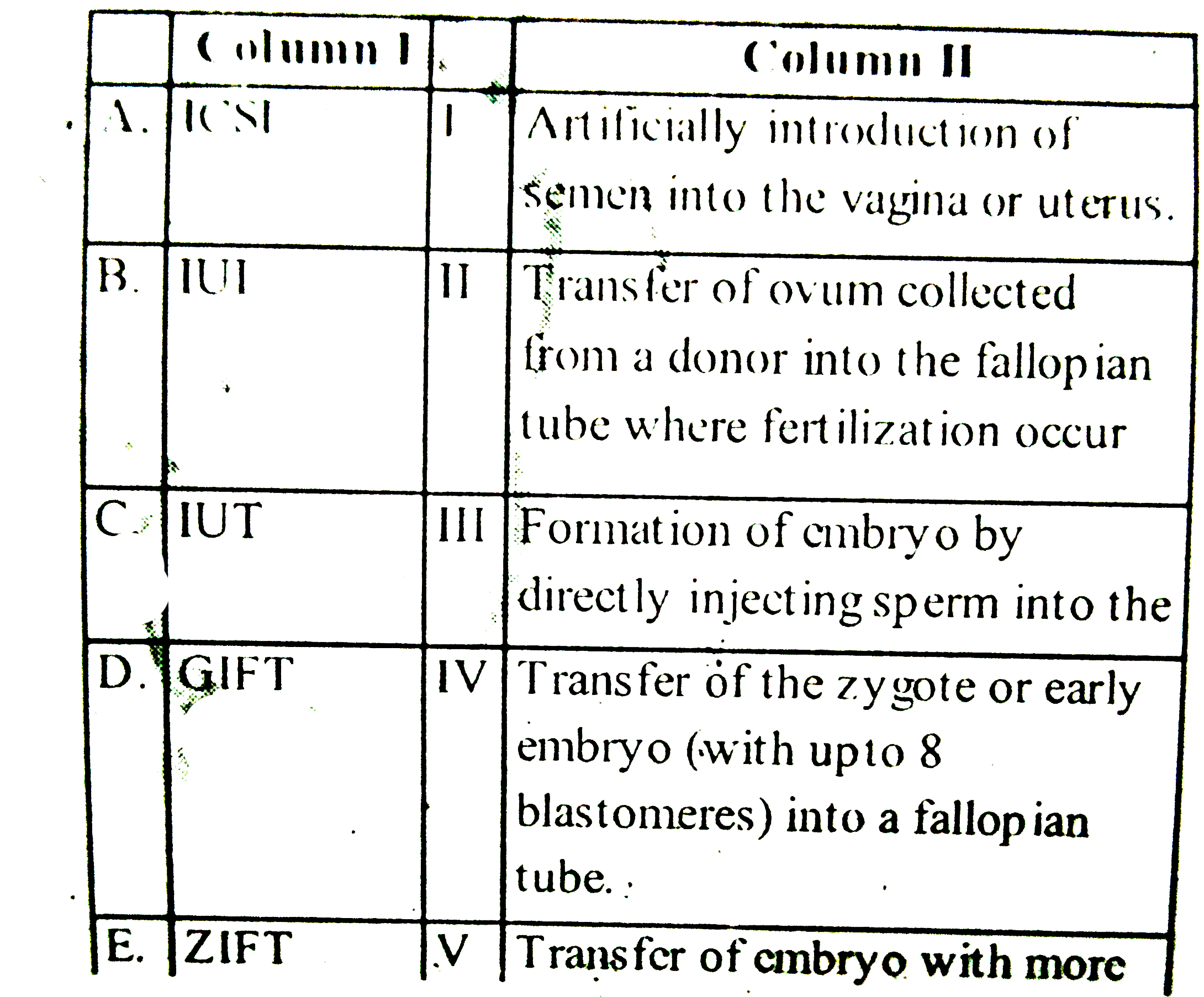 AA – V, B – IV, C – I, D – III, E – IVBA – I, B – II, C – III, D – IV, E – VCA – III, B – V, C – II, D – IV, E – IDA – III, B – I, C – V, D – II, E – IV
AA – V, B – IV, C – I, D – III, E – IVBA – I, B – II, C – III, D – IV, E – VCA – III, B – V, C – II, D – IV, E – IDA – III, B – I, C – V, D – II, E – IV
Match the type of colloidal systems given in Column I with the name given in Column II.

View SolutionMatch the type of lens given in column I with their uses given in column II.
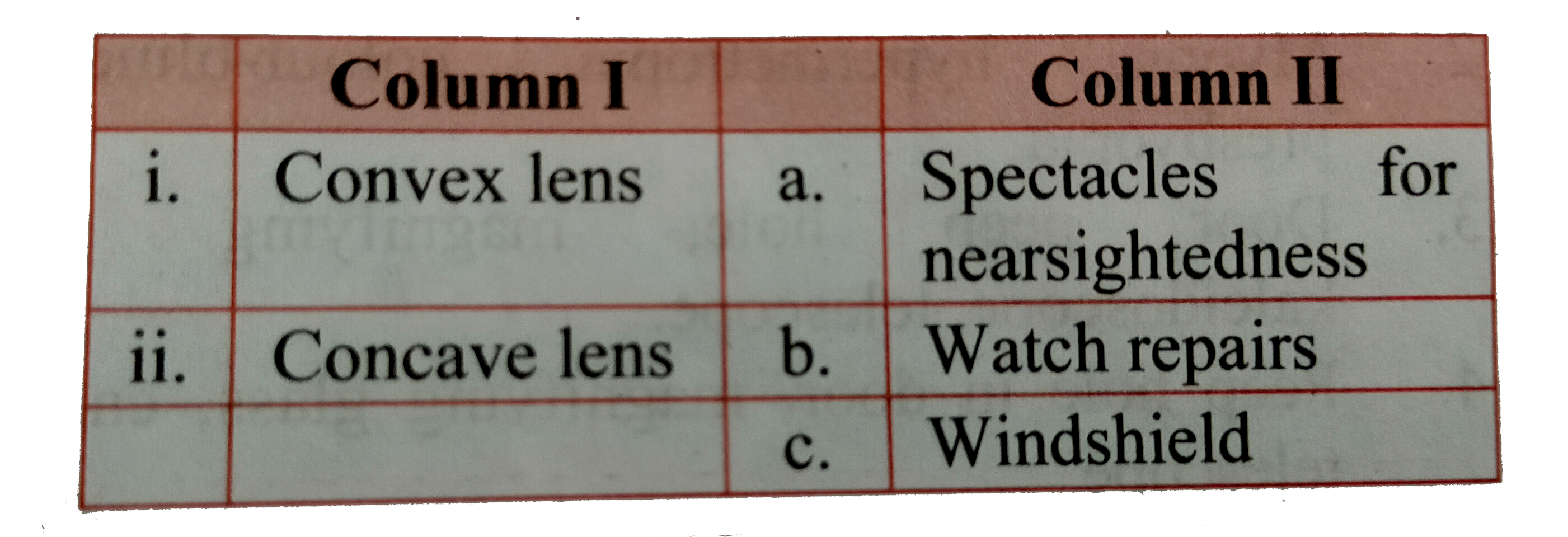
View SolutionMatch the terms given in Column I with the units given in Column II.

View SolutionMatch the terms given in column I with the units given in column II.
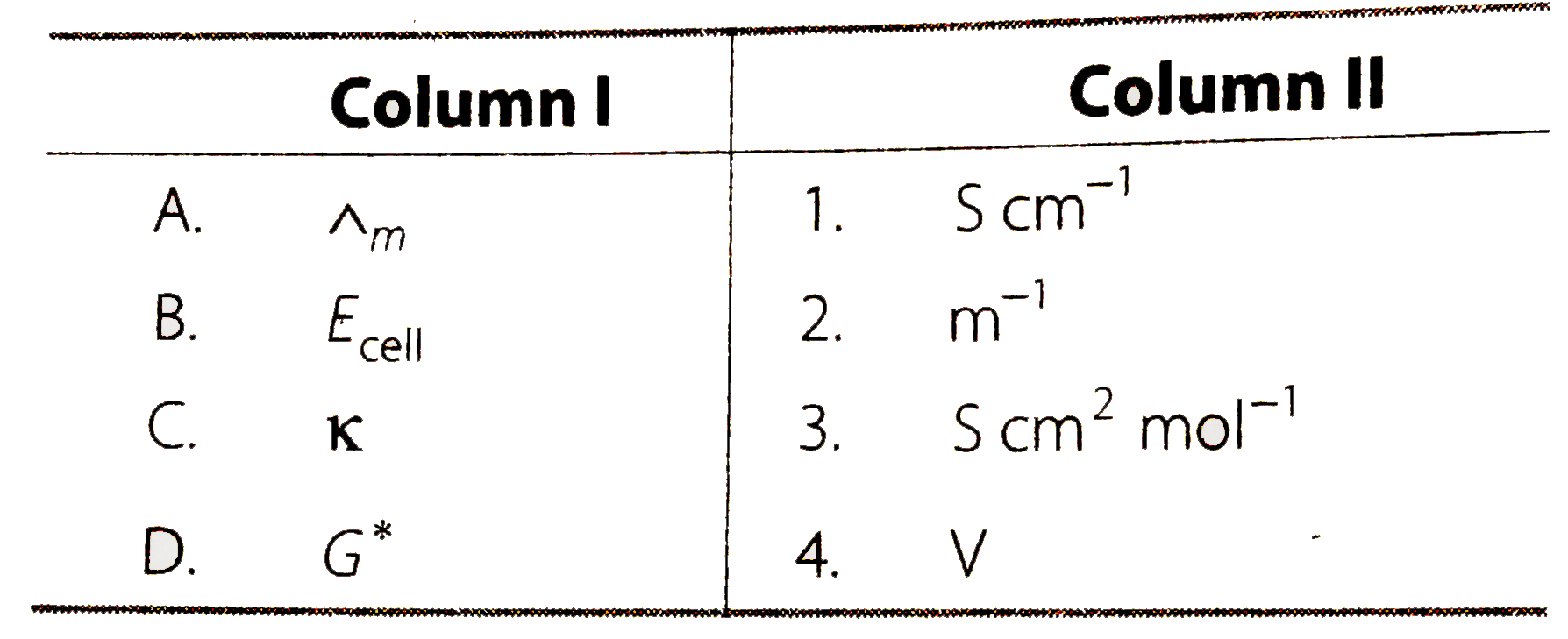
View SolutionMatch the type of packing given in column I with the iterms given in column II.
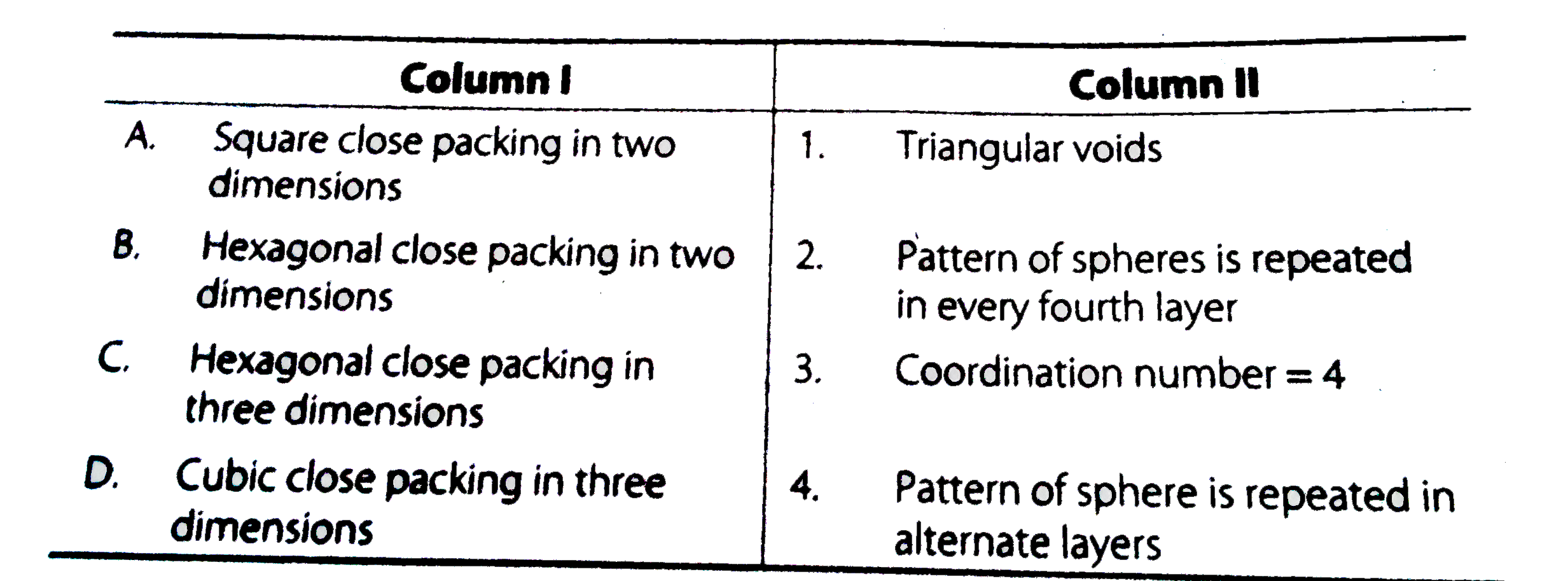
View Solutionmatch the types of defect given in column I with the statement given in column II.

View SolutionMatch the compounds given in column I with the effects given in Column II
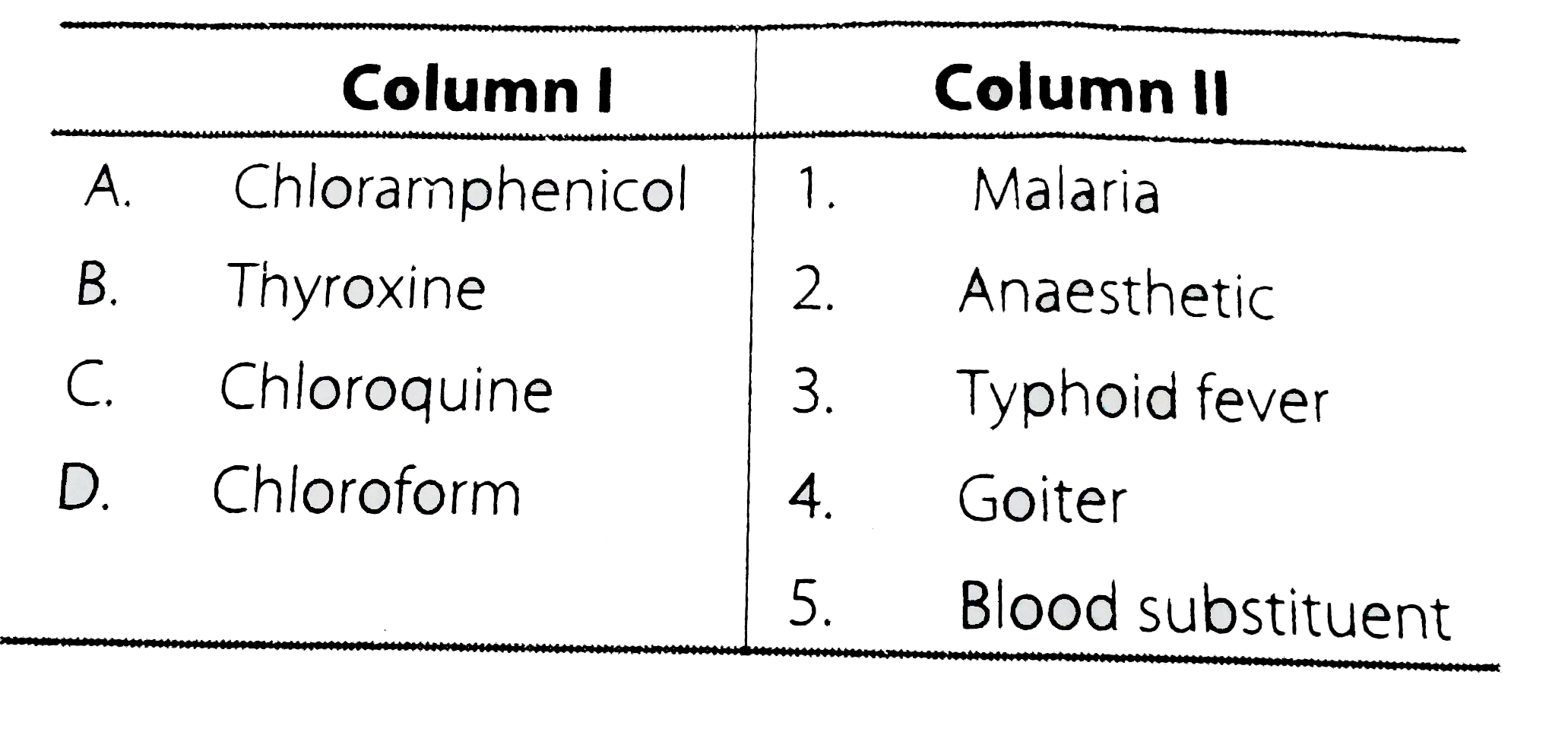
View Solution
